 The hospital implemented comprehensive minimally invasive therapy: interventional perfusion + targeted treatment. After the first session, she regained breathing and speech abilities. Following four treatments, PET-CT scans showed the tumor shrank to 1.7×1.8cm with significant improvement in metastatic lesions.
The hospital implemented comprehensive minimally invasive therapy: interventional perfusion + targeted treatment. After the first session, she regained breathing and speech abilities. Following four treatments, PET-CT scans showed the tumor shrank to 1.7×1.8cm with significant improvement in metastatic lesions.
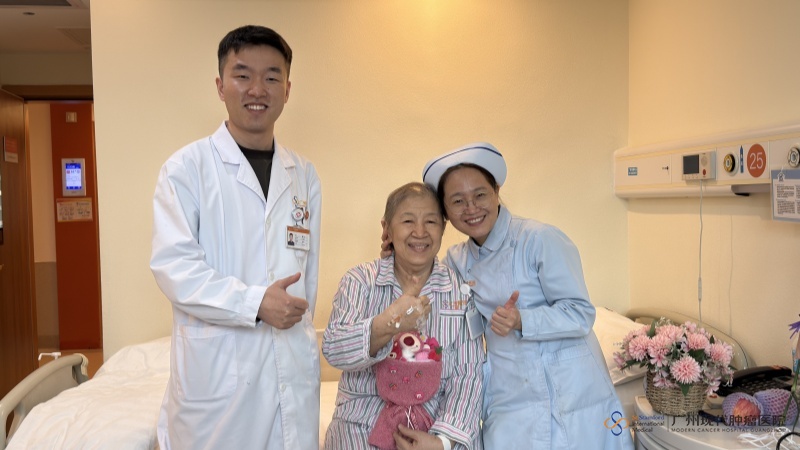
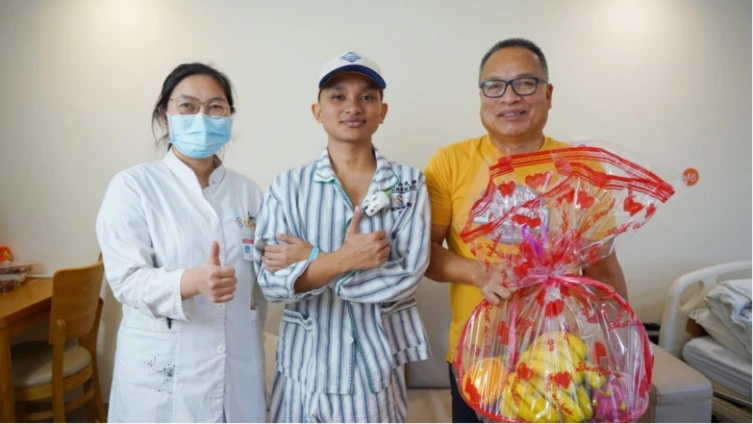
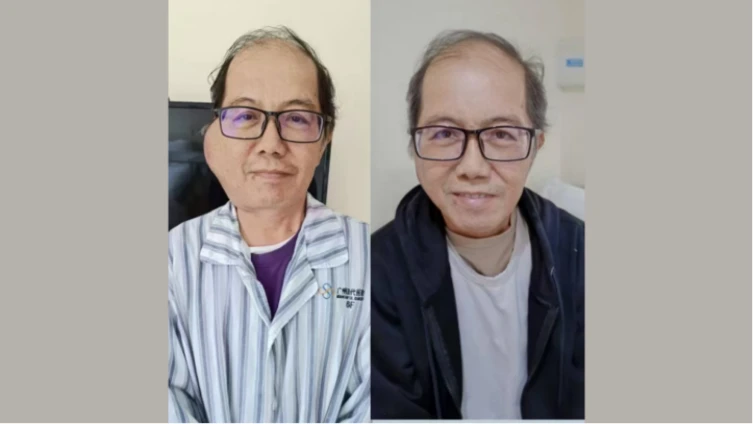 In February 2025, he sought treatment at Guangzhou Modern Cancer Hospital. The MDT team designed a comprehensive minimally invasive plan: Interventional Therapy + Naturopathy. Remarkably, after just two interventional treatments, the tumor significantly reduced and his hearing improved. Within one month, his facial appearance was largely restored to normal.
In February 2025, he sought treatment at Guangzhou Modern Cancer Hospital. The MDT team designed a comprehensive minimally invasive plan: Interventional Therapy + Naturopathy. Remarkably, after just two interventional treatments, the tumor significantly reduced and his hearing improved. Within one month, his facial appearance was largely restored to normal.
|
Stage |
Hodgkin Lymphoma |
Non-Hodgkin Lymphoma (e.g., Diffuse Large B-Cell Lymphoma) |
|
Stage I
(Early Stage)
|
>95% Single lymph node group or single organ |
70-85% Localized to a single region |
|
Stage II
(Locally Advanced)
|
90-95% Multiple lymph node groups on the same side of the diaphragm |
60-75% ≥ 2 lymph node groups on the same side of the diaphragm |
|
Stage III
(Advanced)
|
80-85% Involvement on both sides of the diaphragm |
50-65% Widespread lymph node involvement |
|
Stage IV
(Symptomatic
metastatic)
|
75-80% Bone marrow/liver/lung metastasis |
40-55% Multiorgan involvement |
|
Stage III
(Advanced)
|
80-85% Involvement on both sides of the diaphragm |
50-65% Widespread lymph node involvement |
|
Presence of B
Symptoms
(Fever / Night Sweats
/ Weight Loss)
|
Survival ↓5-10% |
Survival ↓10-15% |
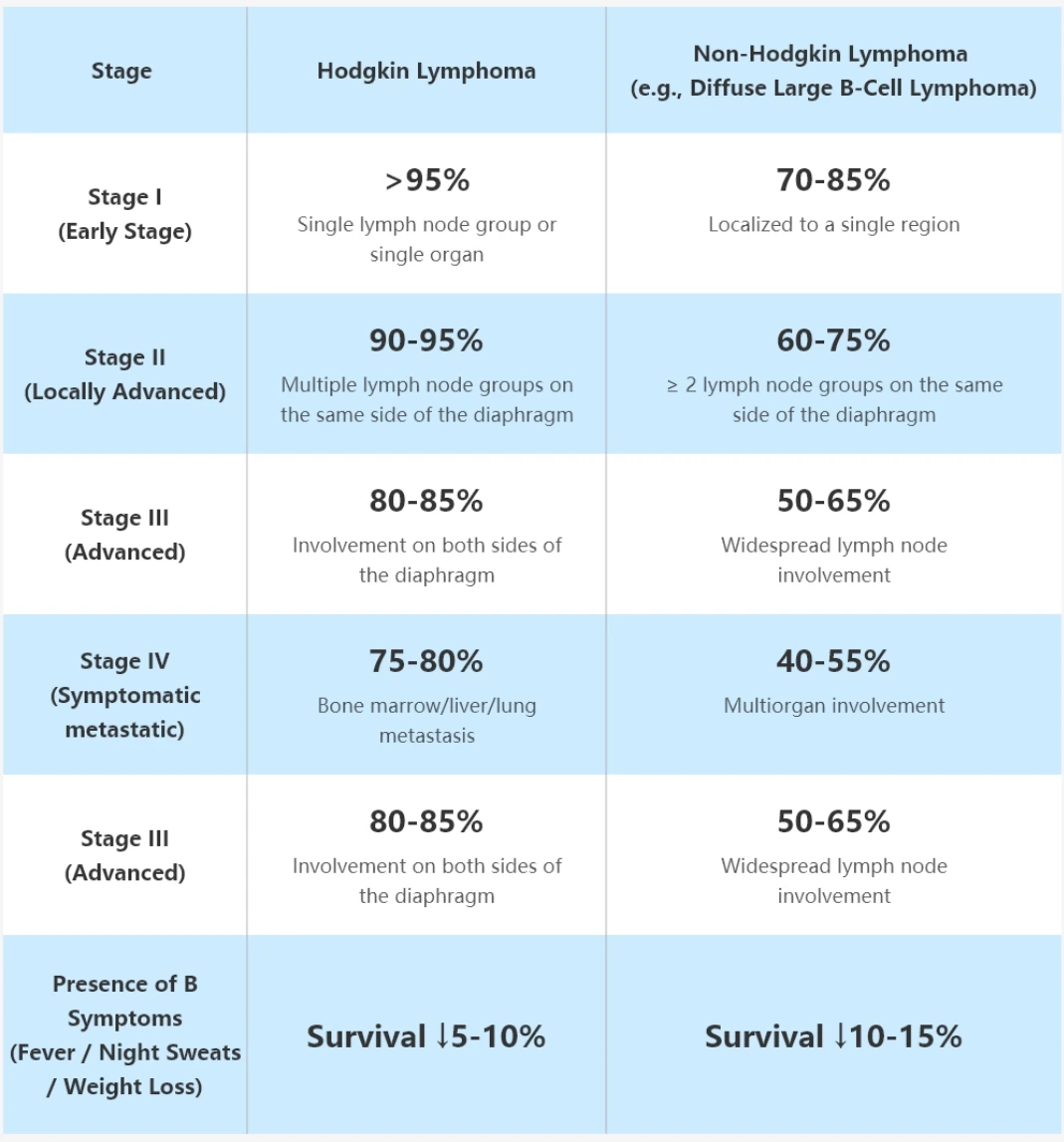
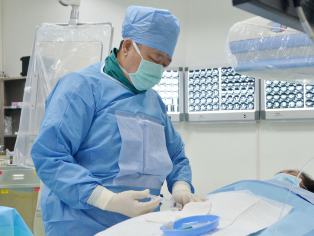
- Interventioanl Therapy
- Local precise drug infusion delivers a drug concentration 2-92 times higher than systemic chemotherapy, resulting in less trauma and fewer side effects.
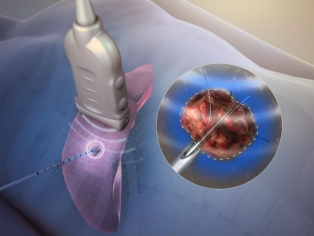
- Microwave ablation
- Microwave ablation boasts high thermal efficiency and can eradicate lung tumors less than 5 cm in diameter in a single session.

- Radiofrequency Ablation
- Radiofrequency energy is delivered through multi-tined needles into tumor tissue, generating localized high temperatures that induce coagulative necrosis of the tumor cells.
- Less Trauma
- Tiny incisions (a few millimeters) reduce tissue damage.
Less bleeding, reducing transfusion needs.
- Faster Recovery
- Shorter hospital stays and quicker return to daily activities.
Lower risk of postoperative complications.
- Less Pain
- Reduced need for painkillers








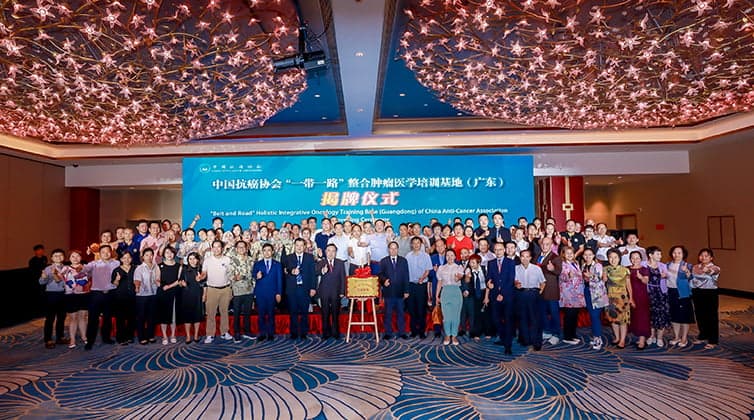

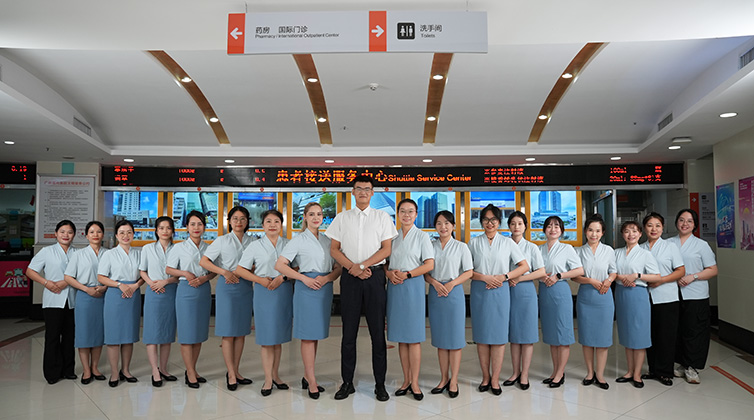





 viber
viber